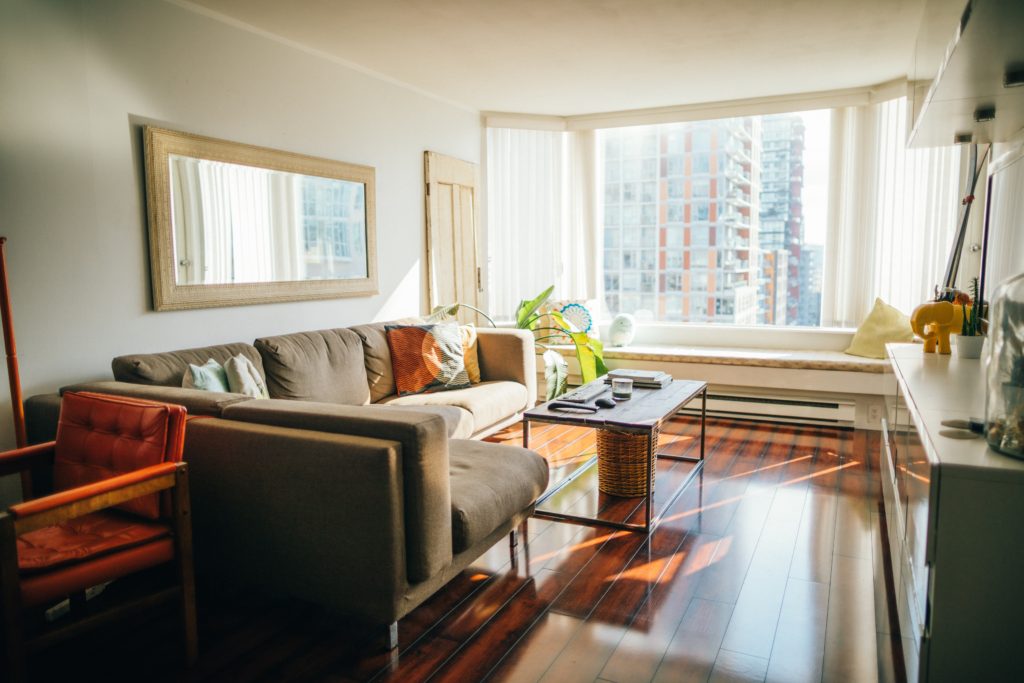Tips to ensure Proper Lighting and Ventilation for your new Home
Lighting and ventilation are two of the most important aspects to pay attention to while getting your house, or in fact, any of the spaces designed. Inefficient lighting and ventilation does not only make your living space very dull and unenergetic but also adds on a lot to your power bills in the long run and also affects your family’s health in an adverse manner. Here are a few tips that must be kept in mind while you are getting your new home designed or constructed.
Tips to Ensure Proper Lighting and Ventilation in a new House:

1.The Architectural Layout: Your home’s building design must be laid out in such a way that all the interior spaces get enough natural light all throughout the year. The direct exposure to sun provided must just enough to provide a feeling of warmth during the cooler months and not heat up all your home interiors during the warmer months. A professional architect would be capable enough to help you plan out things in such a way.
2. Incorporate Transitional Spaces: Open transitional spaces such as courtyards, balconies, and open to the sky, indoor green spaces can act as a great source of natural lighting as well as airflow in your house. Moreover, these spaces also add a lot to your overall home interiors. If you have enough space, a central courtyard is one of the best elements which would ensure proper cross ventilation as well as lighting in all of your rooms.

3. Fresh air Ventilation: Regardless of the climatic conditions that your place has, it is really important to have an effective system of natural cross ventilation all throughout your house. This does not only allows the warmer air to be replaced by the cool breeze from outside during the warmer months but also helps in circulating the fresh air whenever required and keeps your home interiors fresh.
4. Size and Placement of Windows: Proper sizes, as well as the orientation of windows in your house, can have a deep impact on overall natural lighting as well as ventilation. Proper window design can help you reduce your power consumption to a great extent. If you live in a warmer place, avoid placing large windows in the direction of direct exposure to the sun path. Diffused natural lighting works out best for warmer places. If you live in a cold place, you can consider doing the exact opposite to attract the maximum solar heat to make your home naturally lit up and warmer.

5. Use of Shading Devices: Shading devices come in handy for warmer places. You can use them to prevent the direct sunlight to enter your rooms, however, it still ensures enough natural lighting as well as airflow through windows and other openings.
6. Proper Insulation System: Setting up a proper insulation system throughout your home might sound a bit expensive at first, however, it can save you a lot in the long run. Insulating the whole of your new house, including the windows would not only help you to maintain proper ventilation in your house but the lighting. Insulated windows allow you to adjust the amount of direct light that you require in any given season. It also helps to lower down the heating cost during the colder nights.

7. Internal Ventilation System: To enhance the functioning of your mechanical ventilation system, it is highly recommended to keep your ductwork to the shortest possible. Longer ductwork would not only turn out to be expensive but can also increase your power needs. Moreover, longer ductworks have a higher probability of producing noise, which can be really disturbing.
8. Addition of Water Elements: If you live in a warm and dry place, placing a water body or even a small water element in the direction of the wind flow can completely change the microclimate of your house. Moreover, nothing can act as a better welcoming element in your house for you as well as your guests, better than a strategically designed and placed water element.

No space can be better than a naturally lit and efficiently ventilated house. Not only does it provide you with an energetic and soothing environment but also cuts down your power consumption to a great extent. The above-‘.[mentioned points can turn out to be really helpful for creating a surrounding that is naturally lit, naturally ventilated, and also cuts down on your cooling and heating needs.

